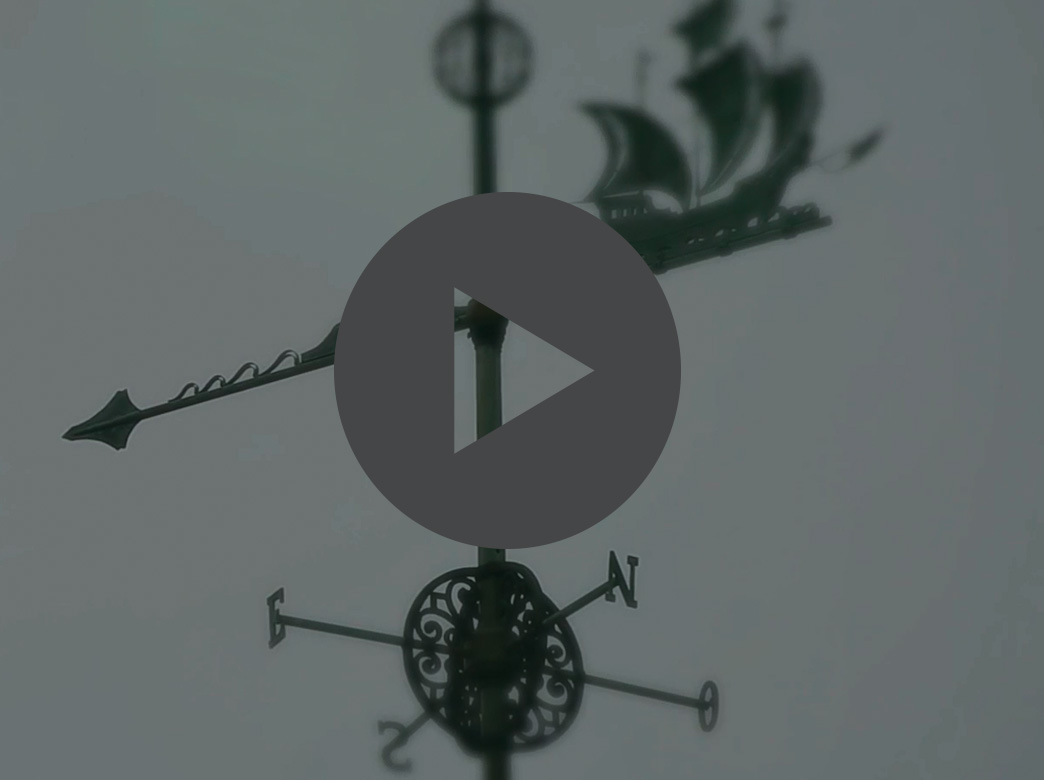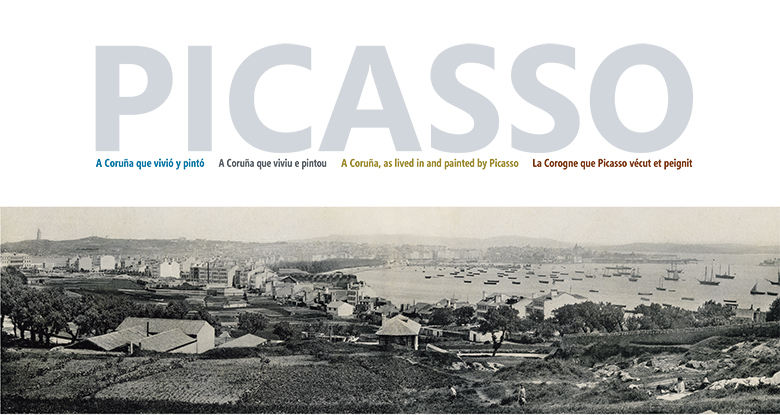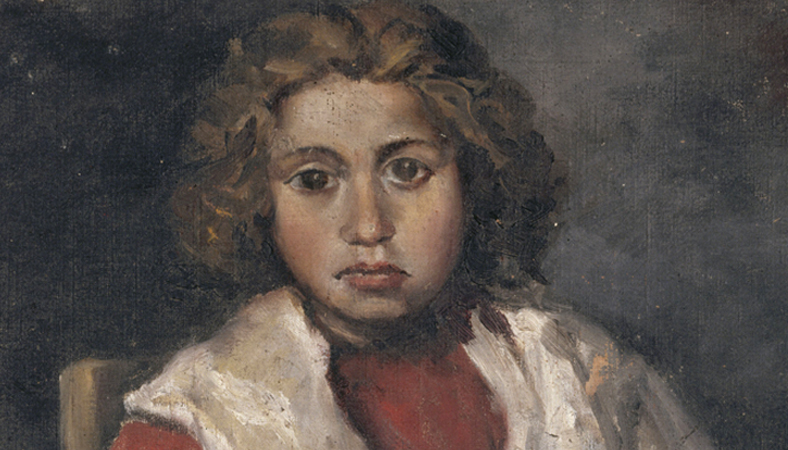
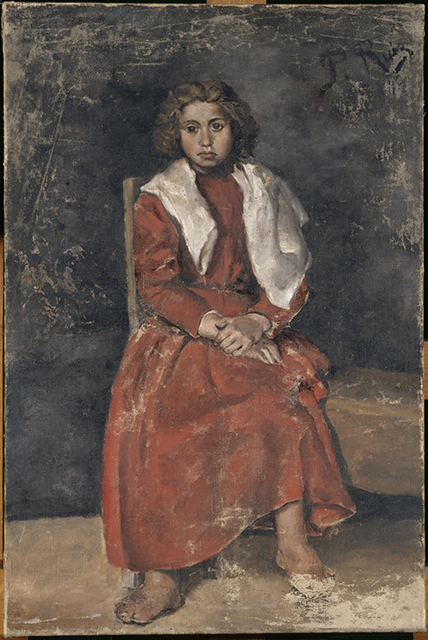
Picasso. La muchacha de los pies descalzos. Musée Picasso,París. © Sucesión Pablo Picasso, VEGAP, Madrid, 2015. © RMN-Grand Palais / Mathieu Rabeau / Adrien Didierjean
 |
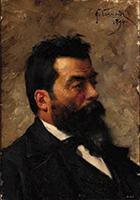 |
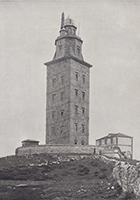 |
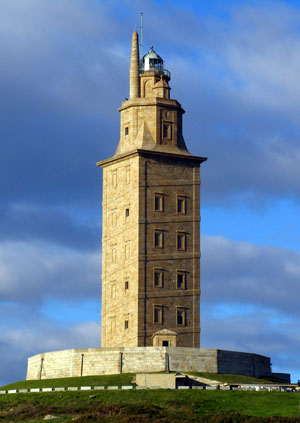 |
BIOGRAPHY |
HIS TEACHERS |
A CORUÑA 1891–1895 |
A CORUÑA TODAY |
HIS TEACHERS |
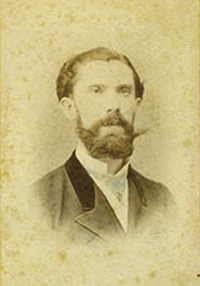 |
 |
 |
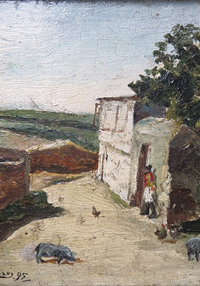 |
| José Ruiz Blasco | Román Navarro García de Vinuesa | Isidoro Brocos | Antonio Amorós y Botella |
Román Navarro García de Vinuesa (A Coruña, 1854-1928)
Throughout his entire life he combined his military profession as Lieutenant Colonel with his dedication to painting. He cultivated several genres, but he was mostly appreciated for his paintings of portraits, traditional, popular and military themes. Horses are prominent in his military themed work and he was masterful in their depiction. There are also many portraits of the A Coruña bourgeoisie class. He was always very fond of this city. He was offered the position to teach drawing to King Alfonso XIII, but he refused due to personal reasons.
His work was awarded several medals and prizes. He studied at the Escuela de Artes y Oficios in A Coruña and the Escuela de Bellas Artes de San Fernando in Madrid. Thanks to a grant awarded by the A Coruña City Council, he completed his training in Italy, France and The Netherlands. Upon returning to Spain, he worked at the Fine Arts School in A Coruña and from 1892 onward, as José Ruiz’s assistant. He was rapidly appointed to a professorship at the Llotja in Barcelona, which was a more prestigious post than the one in A Coruña. However, he was there for just a few months and exchanged his post with José Ruiz’s in order to be able to return to his hometown. He set up his studio in Sánchez Bregua Street, right in the centre of the city.
Besides Picasso, some of his students were renowned painters, such as Arturo Souto, Francisco Llorens, Joaquín Vaamonde and Luis Mosquera. His influence on young Picasso is plain to see in his work entitled: Modesto Castilla vestido de moro.
He is the author of the murals on the assembly room ceiling at the Fine Arts School in A Coruña, currently called the Instituto Eusebio da Guarda.
He is buried in A Coruña, in the San Amaro cemetery.
